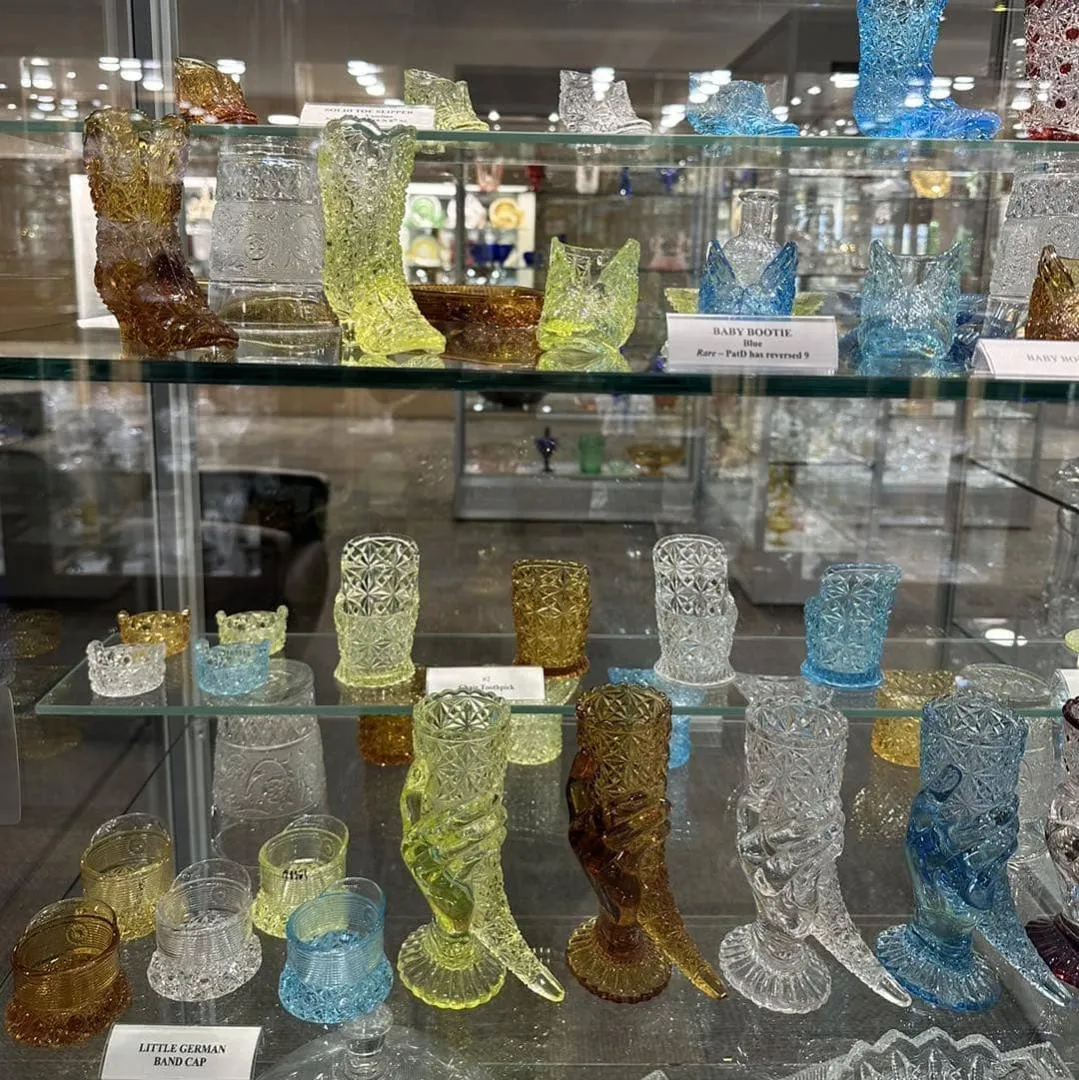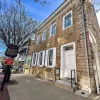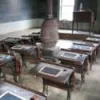
The first phase of the Duncan and Miller Glass Museum's history began in 1975, when two rooms in the Washington County Historical Society building, the LeMoyne House, became home to the young museum. Through seventeen years, a harmonious relationship was maintained, mutually beneficial to both organizations. Both groups required additional space, and in March 1992, we acquired title to the property at 525 Jefferson Avenue, located one block from the former factory site at 655 Jefferson Avenue.
It is fitting that the opening of the new museum on July 8, 1993, celebrates one hundred years since the opening of the Jefferson Avenue plant in 1893 in Washington. The museum is a tribute to the employees and their skills and craftsmanship, to the management and its long record of excellent productivity, and the enduring beauty of the glass. It is a valuable asset to the community. ( The museum features an all-glass factory of Washington exhibit room.)
George Duncan formed the handmade tableware glass company at 10th and Carson Street in Southside, Pittsburgh, in 1872, having been associated with the glass industry since the early 1860s. It was a partnership with his sons Harry B. Duncan, James E. Duncan, and Augustus H. Heisey, the husband of his daughter Susan. At that time, the Southside was the industrial hub of the city. Barge transportation and raw materials, such as sand, silica, and potash, which are essential for glass production, were readily available.
Also located on the Southside were the descendants of generations of skilled glass makers. Pittsburgh was a leader in glass production from colonial times, and experienced workers had been attracted there from the great European glass centers.
One of the men who joined the company in 1874 was John Ernest Miller, who had worked through many stages in the glass industry for twenty years. He became famous as a designer for the company for the next fifty-two years.
After a short period from 1890 to 1892, when the firm was part of the United States Glass Company combine as company D, the plant was destroyed by fire. George Duncan had died in 1877, and his son, James, the company's head, selected a site for the new factory on Jefferson Avenue in Washington, Pennsylvania. On January 3, 1893, the new plant was finished. The 16-pot "Deep Eye" furnace was fired up, and the first pattern, made on February 9, was the Mitchell pattern.
Seventy employees from the old Pittsburgh factory relocated to Washington, and many worked for the plant for fifty, sixty, or even seventy years, producing brilliant, polished articles of excellent design. Ernest Miller was made a partner in 1900. At the death of James Duncan Sr. in 1900, his younger brother, Harry B. Duncan, became President and served until he died in 1925, when James Duncan Jr. succeeded him as President.
The plant closed on August 30, 1955, when its moulds, machinery, and equipment were sold to United States Glass Co., headquartered in Tiffin, Ohio. The history of the lovely Duncan and Miller Glass has a new chapter in the opening of the Museum, where collectors, dealers, and all those interested in beautiful glass and the art of glassmaking may visit, enjoy, and learn from the exhibits.



